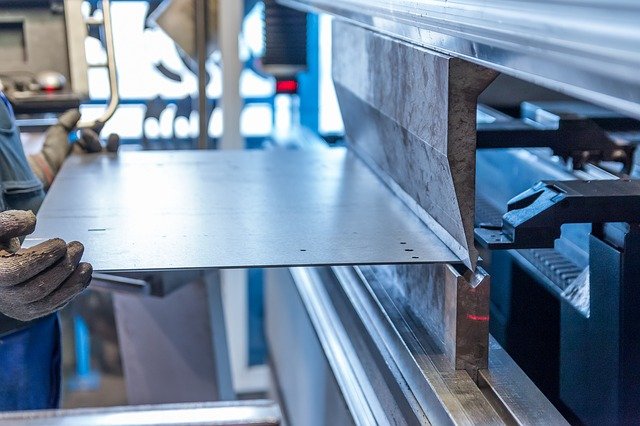What is the Difference Between 3+2 and 5-axis CNC Machining
With the continuous advancement of the torrent of history, machining has become more and more mechanized and intelligent. Compared with traditional manual machining, it can not be compared in efficiency, accuracy or process reliability, especially for some high-precision parts manufacturing, CNC machining servicehas absolute advantages. There are multiple CNC machining techniques, such as milling, turning, drilling and 5 axis machining. However, people are easy to get confused with 3+2 axis machining and 5 axis machining, what’s the difference between them?
What is 3+2axis machining?
When a three-axis milling program is executed, the two rotating axes of the five axis machine tool are used to fix the cutting tool in an inclined position. The name of 3+2 machining technology comes from this, which is also called axis five axis machine tool, because the fourth axis and the fifth axis are used to determine the direction of the tool in the fixed position, rather than continuously in the machining process.The principle of 3+2axis machining is essentially the realization of the three-axis function at a specific angle, that is, after the machine tool rotates the angle, it is still processed in the way of ordinary three-axis. 3+2 machining is a technology that uses the two rotating axes of a 5-axis machine tool to execute a three-axis milling program when the tool is locked in the inclined position, so it is named 3 + 2 machining. It is also called “position five axis machining” because the fourth and fifth axes are used to position the tool in a fixed position rather than continuously manipulate the tool during machining.
What is 5-axismachining?
According to the provisions of ISO, the left-hand rectangular coordinate system is adopted when describing the motion of CNC machine tool; The coordinate axis parallel to the main axis is defined as Z axis, and the rotation coordinates around x, y and Z axes are a, B and C respectively. Generally, five axisrefers to the linear interpolation motion of any five coordinates in X, y, Z, a and B.”5″ in five axis machining refers to the number of directions the tool can face when it approaches the part surface. A significant advantage of 5-axis is its ability to process five faces of a part in a single setup. All sides are accessible except the one on the table.
Difference between 3+2axis and 5-axis machining, which one to choose?
3+2 axis machining is different from 5 axis CNC machining. 5-axis machining is suitable for surface machining, and 3 + 2-axis machining is suitable for plane machining.
3+2 axis machining uses shorter and more rigid tools, which can form a certain angle with the surface, the spindle head can be closer and closer to the workpiece, the tool stroke is shorter and the program code is less. However, 3+2 axis machining is usually considered to set a constant angle with the spindle. A complex workpiece may require many oblique views to cover the entire workpiece, but this will result in overlapping tool paths and increase machining time. One way to consider 3 + 2 machining is to visualize how to process the selected workpiece features on the triaxial VMC if the difficult features fall into the most convenient work plan for effective triaxial machining.
The five axis machining does not need special fixtures, which reduces the fixture cost, avoids multiple clamping, improves the machining accuracy of the die, reduces the number of fixtures used, saves many special tools in the machining process and reduces the tool cost. In five axis NC machining, it can increase the effective edge length of the tool, reduce the cutting force, improve the service life of the tool and reduce the cost. The 5-axis CNC machining service allows unlimited possibilities for machining parts. 5-axis CNC service can complete hook surface processing, special-shaped processing, hollow processing, punching, chamfering and more special processing.However, compared with 3 +2 axis, its spindle stiffness is poor. In some cases, the five axis scheme should not be used. If the tool is too short or the handle is too large, vibration cannot be avoided under the condition of any inclination. Compared with the three-axis machine tool, the machining accuracy error is large.






